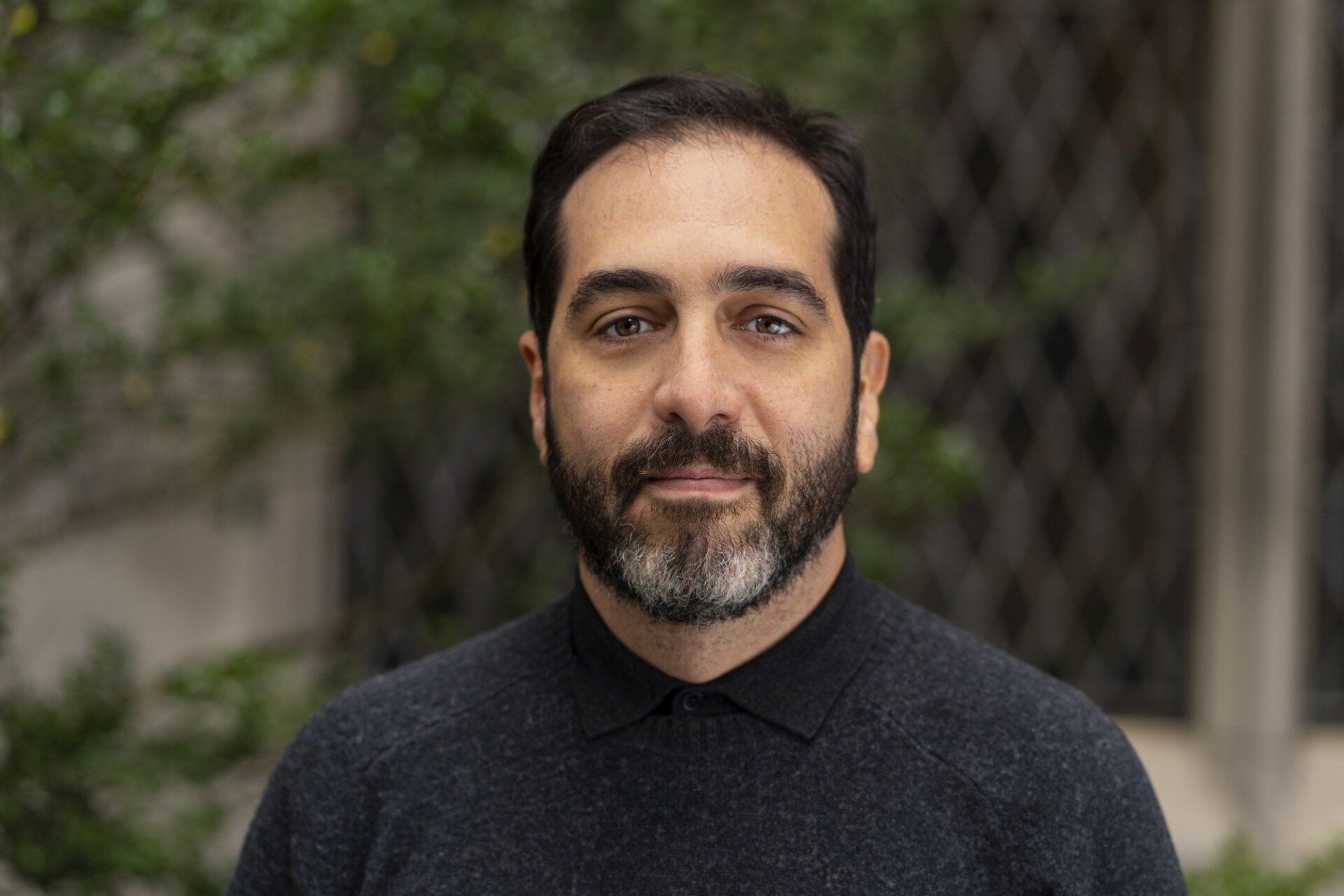Just a few kilometers from Madaba, Mount Nebo impresses not with its height, but with its enduring presence. Rising from the western highlands of Jordan, this site—associated since Late Antiquity with Moses’ final ascent—is now a layered destination at the convergence of archaeology, landscape, and memory.
Visitors ascending the summit will find far more than just a view. They'll enter the remains of a 4th-century basilica, pass Byzantine mosaics, trace monastic walls, and gaze upon a horizon shaped as much by story as by geography.
A Basilica Preserved in Place
The sanctuary that greets today’s travelers is not a replica, but a protective structure: the modern Memorial of Moses, designed by the Franciscans, shelters the archaeological remains of an early Christian basilica. Built in the 4th century CE, the original church was erected at the very site where early Christian communities venerated Moses.
Parts of the apse, side chapels, and original floor remain visible. The triconch layout—three apses curving outward—is typical of sites dedicated to remembrance. Beneath the presbytery lies a sealed, hollow chamber. Archaeologists interpret it as a symbolic memorial rather than a burial space. The site offers no relics, but its emptiness is powerful.

Photo credit: Skeleton Hammoudeh
Mosaics Underfoot
Among the site's most striking features are its floor mosaics. Far from fragmentary, they form extensive and well-preserved surfaces that span several centuries. Some bear intricate geometric and braided designs; others depict hunting scenes with lions, gazelles, and fruit trees, animated by vivid color and detail.
Greek inscriptions across these pavements name donors and situate the mosaics in time. Brief, formulaic dedications—often addressed to “the Lord God”—transform the ground into a kind of liturgical text. Seen in situ, the effect is immediate: a thousand-year-old artistic language, still speaking.
A Monastery in the Stones
The basilica was part of a larger monastic complex that housed communities of monks for over four centuries. Foundations of rooms, storage spaces, and courtyards remain. Everyday objects—lamps, pottery, utensils—suggest a life of discipline, hospitality, and quiet endurance.
Some of these finds are displayed in a modest visitor center alongside interpretive panels. A simple ceramic shard or bronze spoon recovered during the 1930s excavations connects today’s viewer with the real people who once lived, worked, and prayed here.
A View That Grounds Meaning
Mount Nebo is best understood not only from within, but from its edge. Near a bronze sculpture inspired by the biblical serpent of the wilderness, a viewing platform opens westward over the Jordan Valley.
From here, the Dead Sea, Jericho, and—on clear days—Jerusalem’s domes are visible. The view is scriptural, yes, but also deeply human. Tradition says Moses stood here not as a conqueror, but as one who saw without taking.
Today’s visitors also look outward—not toward territorial promise, but toward a shared past. One shaped by those who believed, those who lived here, and those who ensured its memory was not lost.

Photo credit: Skeleton Hammoudeh
A Landscape Recovered
Much of what can now be seen at Mount Nebo was brought to light through the work of Fr Sylvester Saller, whose archaeological campaigns in the 1930s restored the site to historical relevance. His precision and restraint gave voice to a place long buried.
To visit Mount Nebo today is to walk in the steps of monks, pilgrims, and archaeologists. It is to see what others preserved, and to reflect—like Moses—on a horizon that speaks, if not in words, then in layers of stone, artistry, and space.
Practical Information
Mount Nebo is accessible by road from Madaba, with signage and nearby parking. A visit of at least 90 minutes is recommended to explore the sanctuary and outdoor areas. Facilities include restrooms, a small museum, a bookstore, and shaded paths.
It can be included in a broader itinerary across biblical Jordan, alongside Bethany (site of Jesus’ baptism), Mukawir (associated with John the Baptist), and Madaba itself, renowned for its mosaic map. Exploring these places is also a tribute to those who uncovered and preserved their legacy.
For inspiration on how to plan your own journey through biblical Jordan, explore our sample itineraries and discover the many ways you can experience the country’s rich spiritual heritage.




